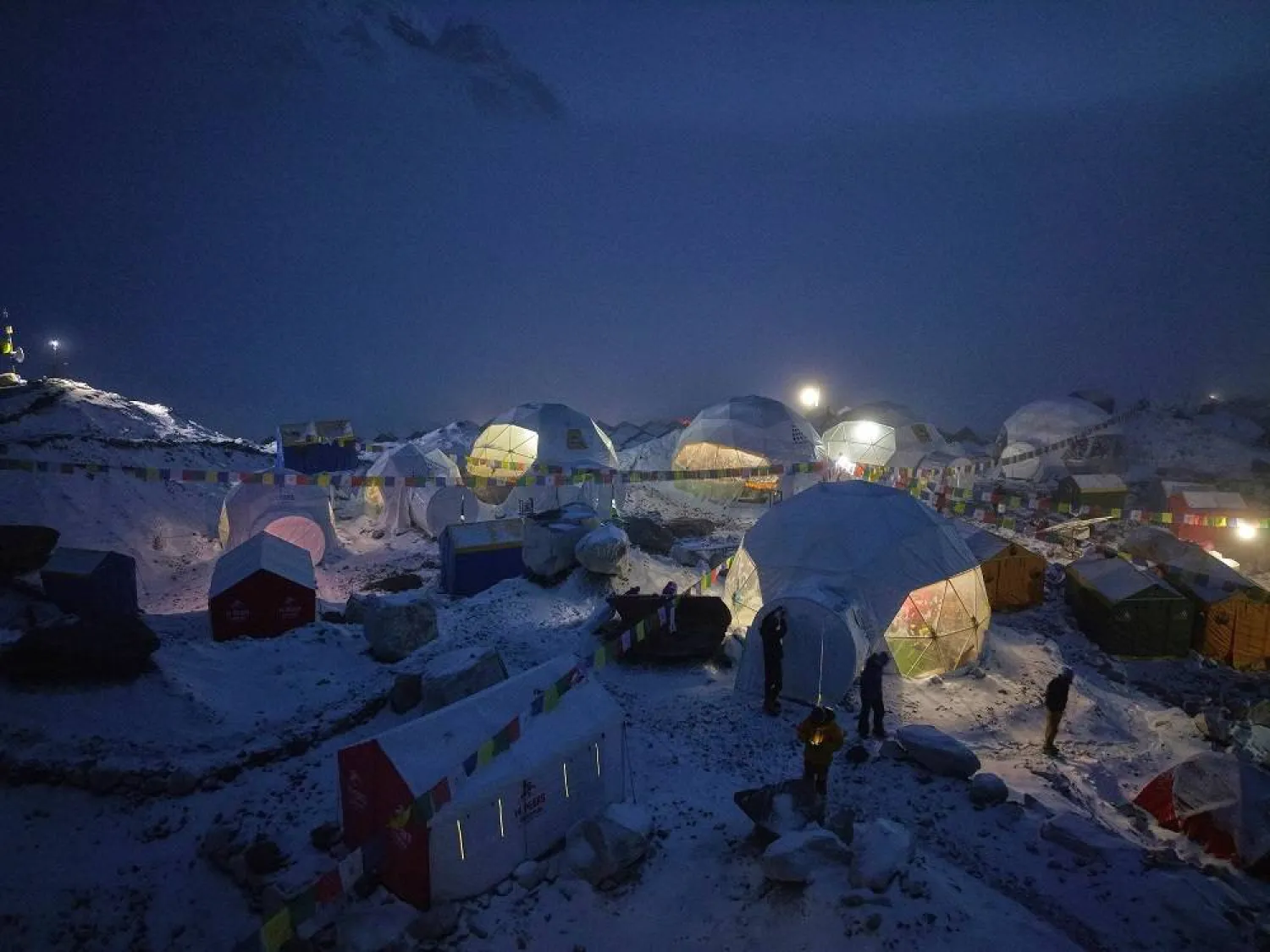As global temperatures continue to rise, and desertification and drought expand in many regions around the world, the scientific efforts to find new methods that help make rain are ongoing.
While some countries adopt the "effect" mechanisms to stimulate rainfalls or move clouds, the media office of the North-Caucasus Federal University announced a new mechanism suggested by Emirati scientists in cooperation with Russian experts, to stimulate rainfall through cloud warming.
The media office has released the abstract of a study carried out by an Emirati-Russian research team about drought, highlighting that rainfalls have sharply declined in many regions around the world.
The researchers explained that among the reasons behind this phenomenon are the incomplete growth of clouds which prevents the fall of natural amounts of rain, and the rarity of clouds in a certain place.
In both cases, the scarcity of rainfalls affects agriculture, causes more wildfires, and exposes humans to more challenges. Some countries have adopted a method that uses chemicals to induce rain, but it's costly and cannot be applied all the time.
Therefore, the researchers focused in their study on looking at new low-cost methods that help enhance the size of clouds so they become able to produce natural amounts of rain.
The team suggested a new method to develop clouds through warming with a powerful thermal source on the ground that can create a thermal current (contrail).
According to the study, this current should reach the lowest layers of the clouds, three to four kilometers above the Earth surface.
Co-author Robert Zakianin said the thermal current's temperature should be 10-20 degrees higher that the temperature in the clouds' environment.
He also explained that its speed should be 100km/h so it manages to reach the lowest layers of the clouds without losing its temperature in the wind. Jet engines like those used in airplanes can be used to ensure the thermal current reaches the required speed.









